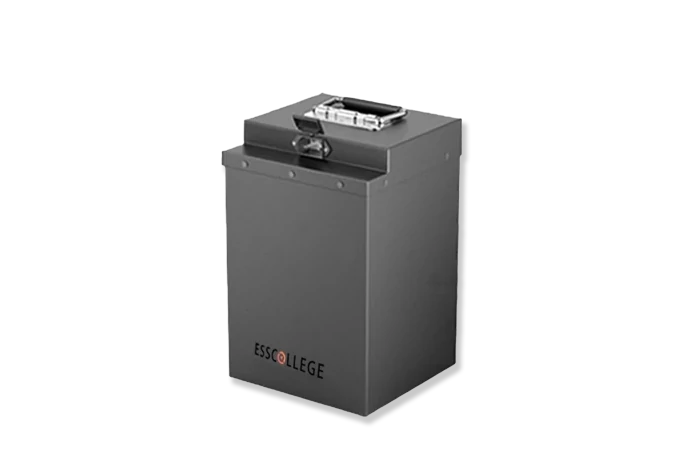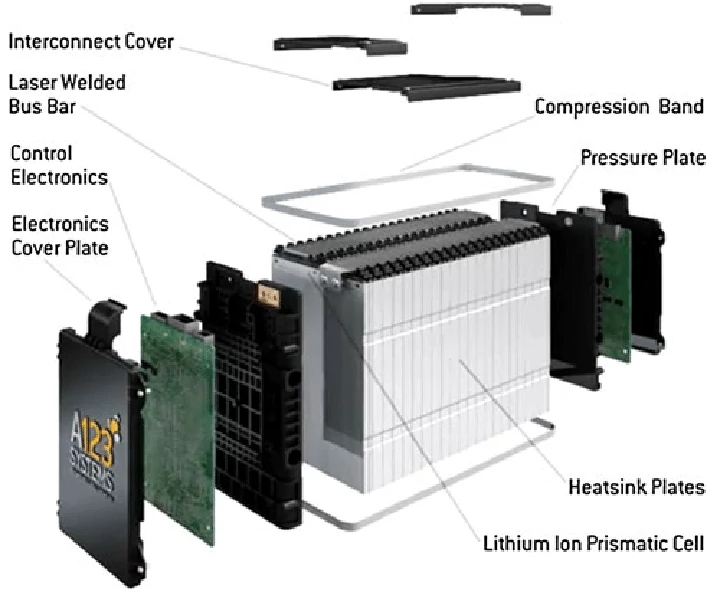Product testing Product testing is a key link to ensure...
Inspection of appearance and structure
The calendar life test is an assessment of the deterioration of a battery's performance over time in a non-working state (i.e. during long-term storage or non-charge and discharge). The test focuses on the degradation process of the battery under constant environmental conditions.
Inspection of appearance and structure

Appearance and structure inspection is the first step to ensure battery safety and performance stability. Through a comprehensive inspection of the exterior and interior of the battery, potential defects and defects can be found early to avoid accidents or performance degradation caused by appearance or structural problems during use. The appearance inspection also ensures the traceability of the battery, so that every batch of batteries in the production process meets the quality standards. Structural inspection helps to prevent battery short circuit, leakage, overheating and other problems caused by poor manufacturing process, so as to ensure the overall quality of the product and the safety of the user.
Check content
Check the battery case for cracks, dents, deformations, or other obvious damage. Damage to the housing may affect the structural integrity of the battery or even cause a battery leak or short circuit.
Observe the battery surface for scratches, contamination, or uneven coating to ensure that the battery looks clean and free of defects.
Check that the battery labels are clear and comply with regulations, and ensure that the information on the labels (such as model, specification, and production date) is accurate.
Make sure the size and shape of the battery meet the design requirements, any battery that does not meet the size requirements may not be compatible with the battery pack or device.
Measure the dimensions of various components of the battery (such as positive and negative electrodes, battery ports) to ensure that there is no bad fit or poor contact during assembly.
Check battery ports (such as poles and electrodes) for damage, oxidation, or corrosion. Poor contact may degrade battery performance or increase safety hazards.
Make sure that the battery connection points are welded or connected properly and that the current is smooth.
Check whether the internal structure of the battery is intact through non-destructive tests (such as X-ray scanning, etc.), especially whether there is damage or foreign matter in the positive and negative electrode materials and membranes inside the battery.
Ensure that the internal components of the battery are not displaced or damaged to prevent deterioration of battery performance or potential safety risks.

low-speed car batteries
Low-speed vehicle battery is a kind of battery designed for low-speed electric vehicles, which has the characteristics of clean, environmental protection, high efficiency and economy, and is widely used in electric golf carts, low-speed electric vehicles (LSV), mobile vendors, campus transportation, cargo trucks and so on
Extended reading
Product packaging and delivery
Product packaging and delivery The packaging and delivery of battery...
Product information expansion
Product information expansion Understanding low-speed vehicle battery product information is...
Product composition
Low-speed lithium battery product composition Understanding the product composition of...
THE ESSC Brand promise
Global supply
Our products sell well all over the world, covering many countries and regions, through the global logistics network, to provide customers with convenient purchasing experience.
Rigorous quality
We adhere to the highest quality control standards to ensure every product meets industry regulations and customer expectations, earning trust through consistent excellence.
Excellent service
With a customer-centric approach, we provide prompt responses, professional support, and personalized services, aiming to deliver the best user experience and long-term value.





